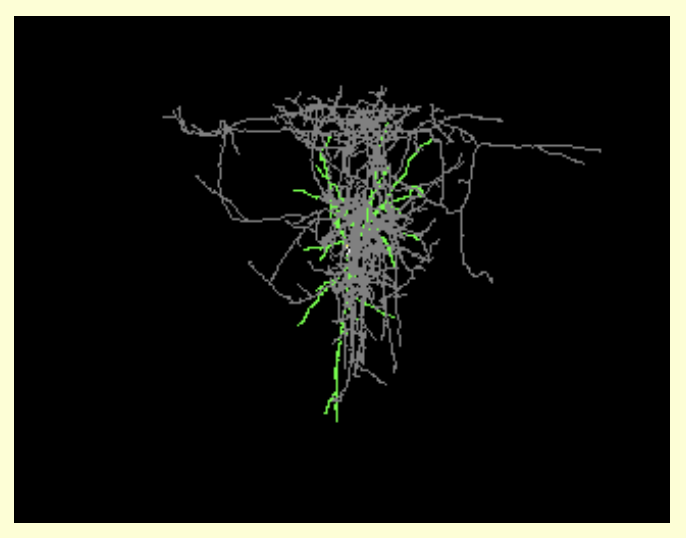Proper Citation: Center for Computational Biology at UCLA (RRID:SCR_000334)
Description: THIS RESOURCE IS NO LONGER IN SERVICE. Documented on August 31, 2022. Center focused on the development of computational biological atlases of different populations, subjects, modalities, and spatio-temporal scales with 3 types of resources: (1) Stand-alone computational software tools (image and volume processing, analysis, visualization, graphical workflow environments). (2) Infrastructure Resources (Databases, computational Grid, services). (3) Web-services (web-accessible resources for processing, validation and exploration of multimodal/multichannel data including clinical data, imaging data, genetics data and phenotypic data). The CCB develops novel mathematical, computational, and engineering approaches to map biological form and function in health and disease. CCB computational tools integrate neuroimaging, genetic, clinical, and other relevant data to enable the detailed exploration of distinct spatial and temporal biological characteristics. Generalizable mathematical approaches are developed and deployed using Grid computing to create practical biological atlases that describe spatiotemporal change in biological systems. The efforts of CCB make possible discovery-oriented science and the accumulation of new biological knowledge. The Center has been divided into cores organized as follows: - Core 1 is focused on mathematical and computational research. Core 2 is involved in the development of tools to be used by Core 3. Core 3 is composed of the driving biological projects; Mapping Genomic Function, Mapping Biological Structure, and Mapping Brain Phenotype. - Cores 4 - 7 provide the infrastructure for joint structure within the Center as well as the development of new approaches and procedures to augment the research and development of Cores 1-3. These cores are: (4)Infrastructure and Resources, (5) Education and Training, (6) Dissemination, and (7) Administration and Management. The main focus of the CCB is on the brain, and specifically on neuroimaging. This area has a long tradition of sophisticated mathematical and computational techniques. Nevertheless, new developments in related areas of mathematics and computational science have emerged in recent years, some from related application areas such as Computer Graphics, Computer Vision, and Image Processing, as well as from Computational Mathematics and the Computational Sciences. We are confident that many of these ideas can be applied beneficially to neuroimaging.
Abbreviations: CCB, UCLA CCB, USC CCB
Synonyms: CCB at UCLA, Center for Computational Biology
Resource Type: portal, organization portal, data or information resource
Defining Citation: PMID:22081221
Keywords: functional, genetic, biological system, brain, clinical, computational, computational mathematic, disease, health, image processing, physiological, population, structural, neuroimaging, computational neuroscience, imaging genomics, magnetic resonance, pet, spect
Expand Allis listed by |
|
is related to |
|
has parent organization |
We found {{ ctrl2.mentions.total_count }} mentions in open access literature.
We have not found any literature mentions for this resource.
We are searching literature mentions for this resource.
Most recent articles:
{{ mention._source.dc.creators[0].familyName }} {{ mention._source.dc.creators[0].initials }}, et al. ({{ mention._source.dc.publicationYear }}) {{ mention._source.dc.title }} {{ mention._source.dc.publishers[0].name }}, {{ mention._source.dc.publishers[0].volume }}({{ mention._source.dc.publishers[0].issue }}), {{ mention._source.dc.publishers[0].pagination }}. (PMID:{{ mention._id.replace('PMID:', '') }})
A list of researchers who have used the resource and an author search tool
Find mentions based on location

{{ ctrl2.mentions.errors.location }}
A list of researchers who have used the resource and an author search tool. This is available for resources that have literature mentions.
No rating or validation information has been found for Center for Computational Biology at UCLA.
No alerts have been found for Center for Computational Biology at UCLA.
Source: SciCrunch Registry





